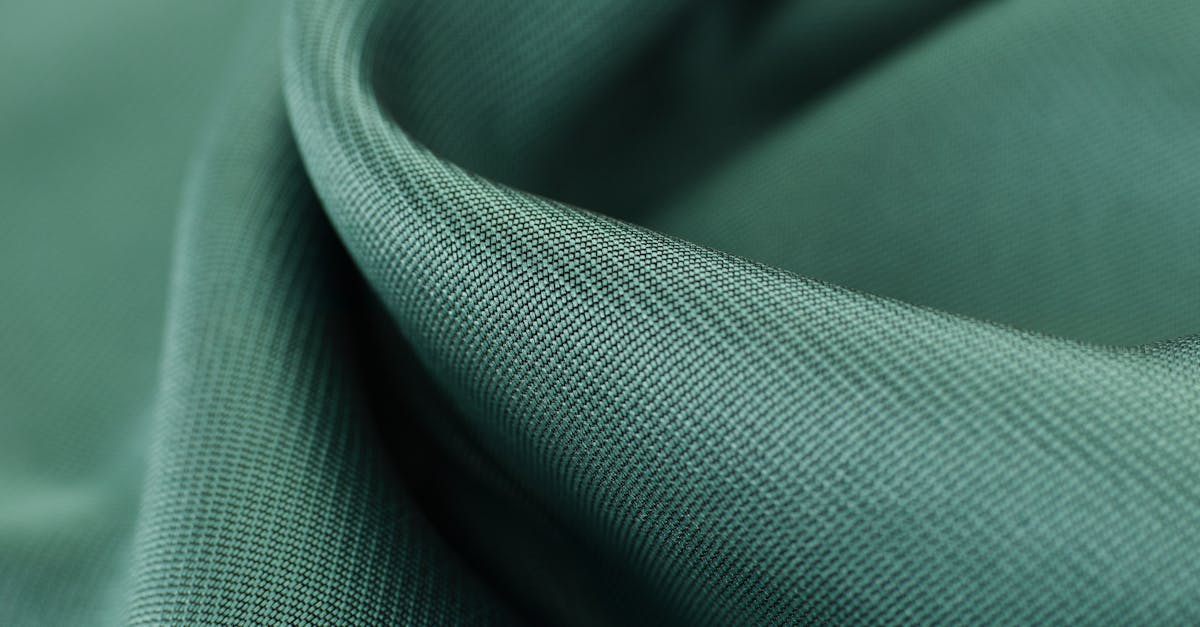Technology and Sustainability in Fashion
Introduction
Sustainable fashion has evolved from a niche trend to a global movement, driven by the urgent need to address environmental and social challenges in the industry. As consumers become more conscious of their purchasing decisions, the demand for eco-friendly and ethically produced clothing has skyrocketed. This shift has pushed brands to rethink their practices and embrace innovative solutions that prioritize sustainability. In this article, we delve deeper into how technology is revolutionizing the fashion industry, making it greener, more efficient, and more transparent.
Advertisement
Recycled Materials for Sustainable Fashion
The use of recycled materials is one of the most significant breakthroughs in sustainable fashion. Traditional textile production relies heavily on virgin resources, which often involve environmentally damaging processes like excessive water usage, chemical pollution, and high carbon emissions. However, advancements in technology have enabled the transformation of waste into high-quality textiles, offering a viable alternative.
For instance, polyester made from recycled plastic bottles has gained widespread popularity. This process not only diverts plastic waste from landfills and oceans but also reduces the need for petroleum-based virgin polyester. Similarly, regenerated fibers, such as those produced from discarded garments or industrial waste, are being used to create new fabrics. Companies like Patagonia and Adidas have embraced these innovations, setting an example for the industry.
Moreover, innovations in textile recycling are expanding the possibilities for circularity. Mechanical and chemical recycling methods are being refined to handle mixed-fiber fabrics, which were previously difficult to recycle. These advancements are crucial for reducing the industry’s reliance on finite resources and minimizing its environmental footprint.

Advertisement
3D Printing: Reducing Waste and Enhancing Quality
3D printing is transforming the way fashion is designed and manufactured. Unlike traditional methods, which often involve cutting patterns from large rolls of fabric, 3D printing allows designers to create garments layer by layer, using only the necessary amount of material. This precision significantly reduces fabric waste, a major issue in the fashion industry.
Beyond waste reduction, 3D printing enables designers to experiment with complex geometries and intricate designs that were previously unattainable. For example, designers like Iris van Herpen have used 3D printing to create avant-garde pieces that push the boundaries of fashion. Additionally, 3D printing can be used to produce customizable clothing, ensuring a perfect fit and reducing the likelihood of returns, which contribute to waste.
The technology also has the potential to decentralize production, allowing garments to be printed on demand closer to the consumer. This localized approach can reduce the carbon emissions associated with global supply chains, further enhancing sustainability.
Advertisement
Smart Textiles and Their Eco-Friendly Impact
Smart textiles represent the intersection of fashion and technology, offering functionality that goes beyond aesthetics. These fabrics are embedded with sensors, microchips, or other electronic components, enabling features like temperature regulation, moisture management, and even health monitoring.
One of the key benefits of smart textiles is their ability to reduce the need for additional layers of clothing. For example, a jacket with built-in temperature control can eliminate the need for multiple garments in varying weather conditions. This not only enhances comfort but also reduces material consumption.
Furthermore, smart textiles are being developed with sustainability in mind. Researchers are exploring the use of biodegradable electronics and renewable energy sources to power these fabrics. By integrating eco-friendly principles into their design, smart textiles are paving the way for a more sustainable future in fashion.

Advertisement
Circular Fashion: Embracing a Closed-Loop System
Circular fashion is a model that aims to keep materials in use for as long as possible, minimizing waste and maximizing resource efficiency. Unlike the traditional linear model of "take, make, dispose," circular fashion focuses on recycling, upcycling, and reusing materials to create a closed-loop system.
Technology plays a crucial role in enabling circularity. For instance, advanced sorting and recycling technologies can separate blended fabrics into their individual components, making them easier to recycle. Similarly, digital platforms are emerging to facilitate the resale, rental, and repair of clothing, extending the lifecycle of garments.
Brands like Eileen Fisher and H&M are leading the way in circular fashion by offering take-back programs and using recycled materials in their collections. These initiatives not only reduce waste but also encourage consumers to adopt more sustainable shopping habits.
Advertisement
Fashion Technology and Its Role in Transparency
Transparency has become a cornerstone of sustainable fashion, as consumers increasingly demand to know the origins of their clothing. Blockchain technology is addressing this need by providing a secure and immutable record of every step in the supply chain. From raw material sourcing to manufacturing and distribution, blockchain ensures that information is accessible and verifiable.
This transparency fosters trust between brands and consumers, allowing shoppers to make informed decisions. For example, Provenance, a blockchain-based platform, enables brands to share the story behind their products, including details about ethical labor practices and environmental impact. By embracing such technologies, fashion brands can demonstrate their commitment to sustainability and accountability.

Advertisement
AI-Powered Solutions in Fashion Innovation
Artificial intelligence (AI) is revolutionizing the fashion industry by optimizing processes and reducing waste. AI-powered tools can analyze vast amounts of data to predict trends, enabling brands to produce only what is likely to sell. This reduces overproduction, a major contributor to waste in the industry.
AI is also being used to improve supply chain efficiency. For instance, predictive analytics can help brands anticipate demand and manage inventory more effectively. Additionally, AI-driven design tools assist designers in creating sustainable products by suggesting eco-friendly materials and production methods.
Retailers like Stitch Fix are leveraging AI to offer personalized styling recommendations, reducing the likelihood of returns and ensuring that customers receive items they will love and keep. By integrating AI into their operations, fashion brands can achieve both economic and environmental benefits.

Advertisement
Virtual Reality Fashion Shows
The COVID-19 pandemic accelerated the adoption of digital solutions in the fashion industry, including virtual reality (VR) fashion shows. These events provide an immersive experience for attendees while eliminating the need for physical travel and large-scale production, which are associated with significant carbon emissions.
Brands like Balenciaga and Gucci have embraced VR to showcase their collections in innovative ways. Virtual shows also democratize access to fashion events, allowing a global audience to participate without geographical constraints. This shift toward digital platforms highlights the potential for technology to reduce the environmental impact of fashion while maintaining creativity and engagement.

Advertisement
Material Innovation in Green Fashion
The development of new sustainable materials is a key focus of green fashion innovation. Bio-fabricated textiles, such as lab-grown leather and algae-based fabrics, are emerging as alternatives to traditional materials that rely on animal products or synthetic chemicals. These materials are not only eco-friendly but also offer unique properties, such as biodegradability and reduced water usage.
Plant-based leathers, made from materials like pineapple leaves (Piñatex) and mushroom mycelium (Mylo), are gaining traction as sustainable alternatives to animal leather. Similarly, innovations in dyeing techniques, such as using natural pigments or waterless dyeing processes, are reducing the environmental impact of textile production.
These material advancements are crucial for creating a more sustainable fashion industry, offering consumers stylish and eco-conscious choices without compromising on quality or performance.

Advertisement
Conclusion
The fusion of technology and fashion is driving a transformative shift toward sustainability. From recycled materials and 3D printing to AI-powered solutions and virtual reality, technological innovations are addressing some of the industry’s most pressing challenges. As consumers continue to prioritize eco-friendly practices, brands must embrace these advancements to remain competitive and responsible.
The journey toward a sustainable fashion industry is ongoing, but the progress made so far is promising. By leveraging technology, the fashion world can reduce its environmental impact, promote ethical practices, and create a more transparent and inclusive future. As we move forward, collaboration between designers, brands, consumers, and policymakers will be essential to ensure that sustainability remains at the heart of fashion innovation.

Advertisement


